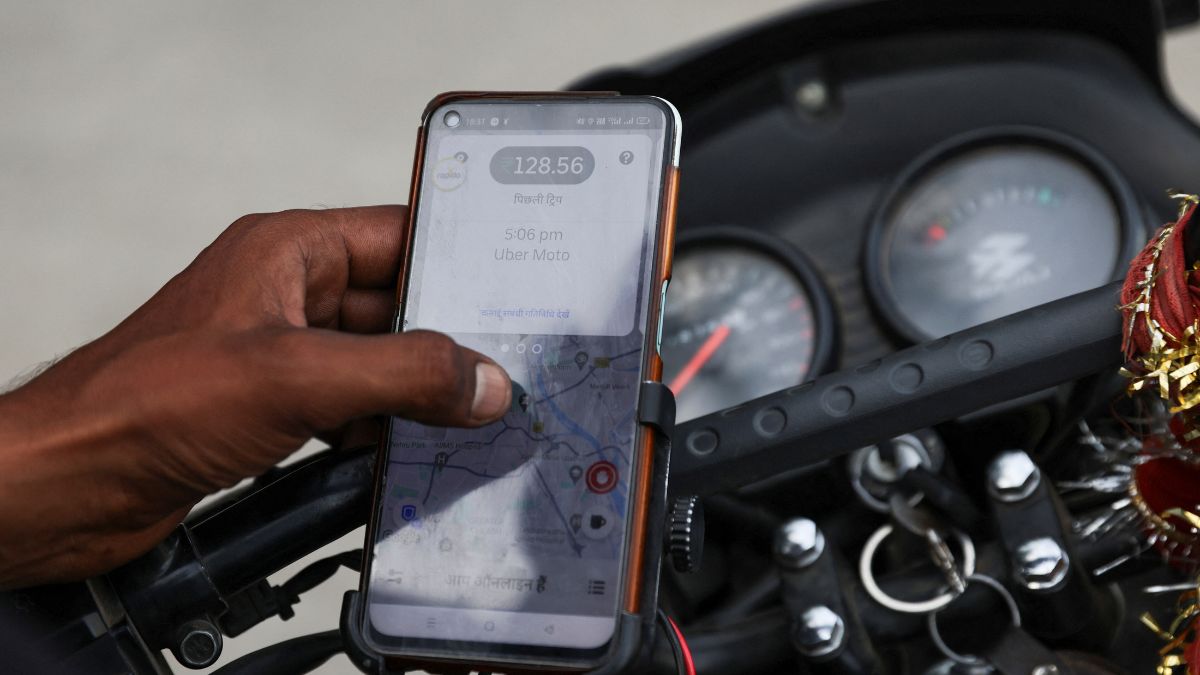Cab rides at rush times are set to get expensive in India. The Centre has revised rules for ride-hailing apps, allowing cab aggregators such as Uber, Ola and Rapido to charge twice the base fare during peak hours.
Previously, the cap on the surge price or dynamic fare during peak hours was 1.5 times the base fare. This will change after the new Motor Vehicle Aggregator Guidelines (MVAG), 2025, were issued by the Ministry of Road Transport and Highways (MoRTH) on Tuesday (July 1).
Let’s take a closer look.
What are the new rules for cab services?
Cab aggregators can soon charge up to two times the base fare during the peak hours. The Centre has also permitted them to charge a minimum of 50 per cent of the base fare during non-rush hours.
The new guidelines also state that if a driver cancels the ride without a valid reason, a penalty of 10 per cent of the fare, not exceeding Rs 100, will be imposed. If a passenger cancels the ride without a valid reason, they will be charged similarly.
The ministry said on the regulation of fees, “The fare by the State Government for the respective category or class of motor vehicles, shall be the base fare chargeable to passengers availing services from the aggregator.”
If a state has not decided on a base fare, the aggregator will have to specify the charge to the state government, as per a Times of India (TOI) report.
“The base fare chargeable shall be for a minimum of three km to compensate for dead mileage including the distance travelled without a passenger and the distance travelled and fuel utilised for picking up the passenger,” according to the new guidelines.
Ride-hailing platforms cannot charge dead mileage to passengers, except when the distance for availing the ride is less than three kilometres. “The fare shall be charged only from the point of origin of the journey to the point of destination where the passenger is dropped off,” the government’s guidelines say.
The Centre has directed the state governments to adopt the revised guidelines within three months.
The government has revised the Motor Vehicle Aggregator Guidelines 2020 to bring the regulatory framework up to date with the developments in the motor vehicles aggregator ecosystem.
Insurance for drivers & more
The revised guidelines also permit the use of non-transport (private) motorcycles as taxis.
“The State Government may allow aggregation of non-transport motorcycles for journey by passengers as shared mobility through aggregators, resulting in reduced traffic congestion and vehicular pollution, along with providing, inter alia, affordable passenger mobility, hyperlocal delivery, and creating livelihood opportunities,” the notification stated.
States can levy daily, weekly, or fortnightly fees on aggregators for the use of such motorcycles, as per Clause 23 of the guidelines.
The guidelines come as a relief for bike taxi operators, including Rapido, Ola and Uber, who have long operated in a legal grey area. Recently, Karnataka’s ban on bike taxis triggered widespread protests.
The revised rules also make insurance cover mandatory for drivers associated with cab aggregators. Each driver should be provided with a health insurance cover of Rs 5 lakh and a term insurance policy of Rs 10 lakh.
Cab services hail new rules
Popular ride-hailing apps , including Uber and Rapido, have welcomed the government’s new guidelines.
Uber has said the new rules will lead to innovation and regulatory clarity. “Timely adoption by states will be key to ensuring uniform implementation and building much-needed predictability for all stakeholders. We commend the ministry for its consultative and balanced approach,” a company spokesperson said.
Rapido has specifically lauded Clause 23 of the MVAG 2025, which allows aggregators to operate private motorcycles for passenger journeys. The company has described the move as a “milestone in India’s journey towards a Viksit Bharat”.
With inputs from agencies


)

)
)
)
)
)
)
)
)



